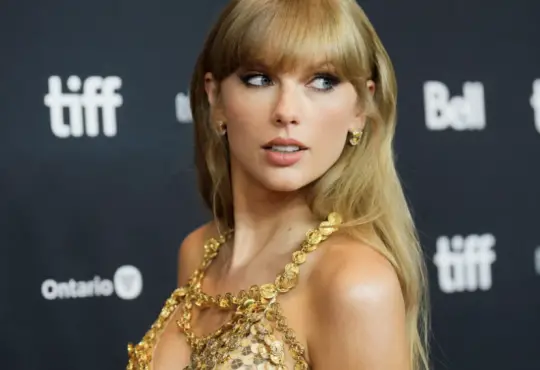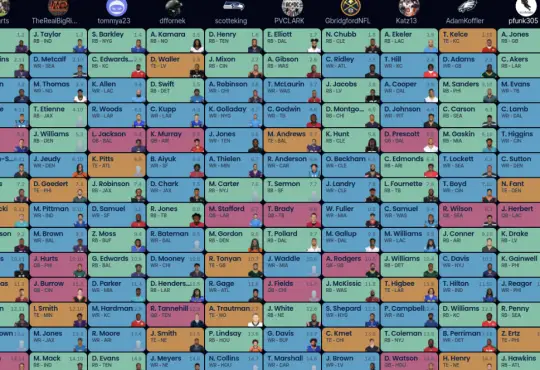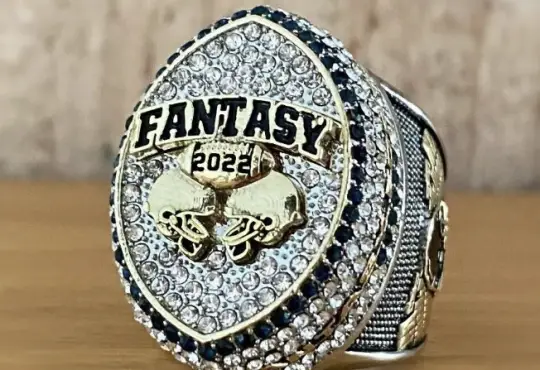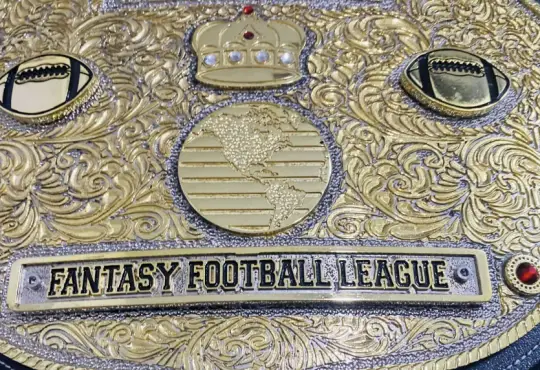
The Queen of Hearts Drawing: Unraveling the Mystery of Bars and Fraternal Clubs’ Age-Old Tradition
Across the world, in the dimly lit corners of bars and the camaraderie-filled halls of fraternal clubs, an age-old tradition called the “Queen of Hearts” drawing has captivated the attention of participants and intrigued onlookers for generations. The allure of winning a substantial cash prize through a simple game of chance has led to the widespread popularity of this unique event. In this blog post, we will delve into the fascinating origins, mechanics, and the enduring appeal of the Queen of Hearts drawing.
Origins of the Queen of Hearts Drawing
The roots of the Queen of Hearts drawing can be traced back to the United States in the late 19th century. While the exact origins remain somewhat ambiguous, many believe that it started as a simple raffle-style game at small social gatherings and fundraisers within close-knit communities. Over time, the tradition took hold in bars, taverns, and fraternal clubs as a way to foster camaraderie and raise funds for local causes or charities.
How the Game Works
The Queen of Hearts drawing centers around a deck of playing cards, with one card – the Queen of Hearts – holding the coveted jackpot. A large board displaying a randomly shuffled deck is typically mounted on a wall, and participants purchase tickets, each corresponding to a card on the board. The drawn ticket reveals the card it corresponds to, and if the Queen of Hearts is revealed, the lucky ticket holder wins the grand prize.
As the game progresses, the excitement builds, and the jackpot can grow substantially with each unsuccessful draw. This progressive nature of the Queen of Hearts drawing contributes to the event’s allure, as participants find themselves drawn to the potential for a life-changing win.
Rules and Regulations
Each venue hosting the Queen of Hearts drawing may have its own set of rules and regulations. To ensure fairness, some establishments limit the number of tickets an individual can purchase, while others have specific guidelines for ticket sales and the total jackpot amount.
Additionally, to comply with local laws and regulations, some states impose restrictions on the game, such as capping the maximum prize amount or requiring a portion of the proceeds to be donated to charitable causes.
The Enduring Appeal
The Queen of Hearts drawing’s enduring appeal can be attributed to several factors. Firstly, the excitement and anticipation of the draw create a sense of community engagement, bringing people together for a shared experience. This sense of camaraderie often strengthens the bonds within bars and fraternal clubs.
Secondly, the progressive jackpot nature of the game generates an adrenaline rush among participants, as the stakes grow higher with each unsuccessful draw. This thrill of uncertainty keeps players coming back week after week, contributing to the game’s popularity and longevity.
Furthermore, the Queen of Hearts drawing often serves as a means of fundraising for various charitable causes or local initiatives. By supporting a good cause while having a chance to win a substantial prize, participants feel a sense of altruism, making their contributions more meaningful.
Conclusion
The Queen of Hearts drawing held by bars and fraternal clubs is a captivating tradition that has stood the test of time. From its humble origins to its present-day form, the game continues to foster community spirit, create excitement, and contribute to charitable endeavors. As long as there are cards to be drawn and prizes to be won, the Queen of Hearts drawing will remain an integral part of social gatherings, reminding us of the simple joys of chance and shared experiences.






